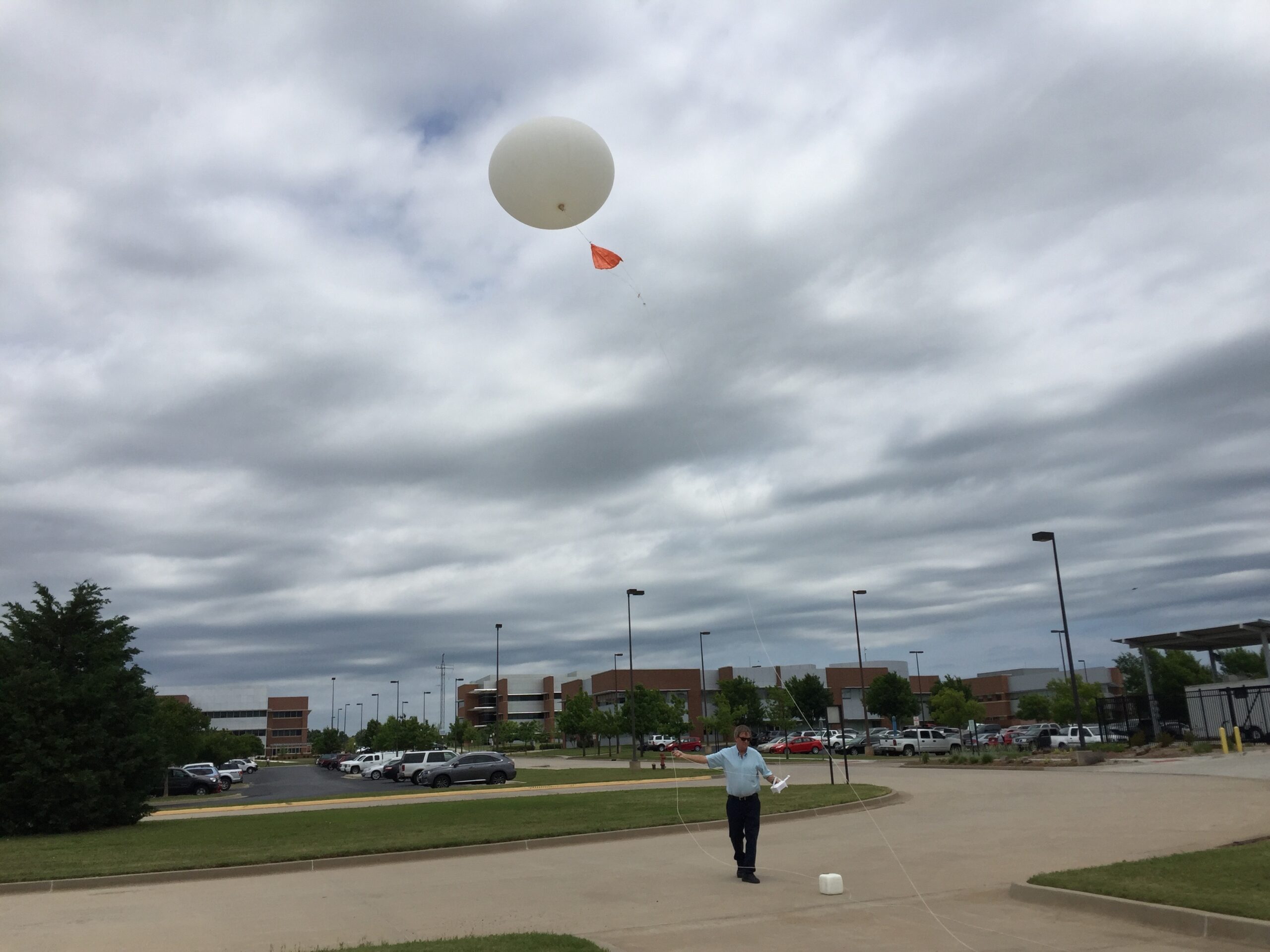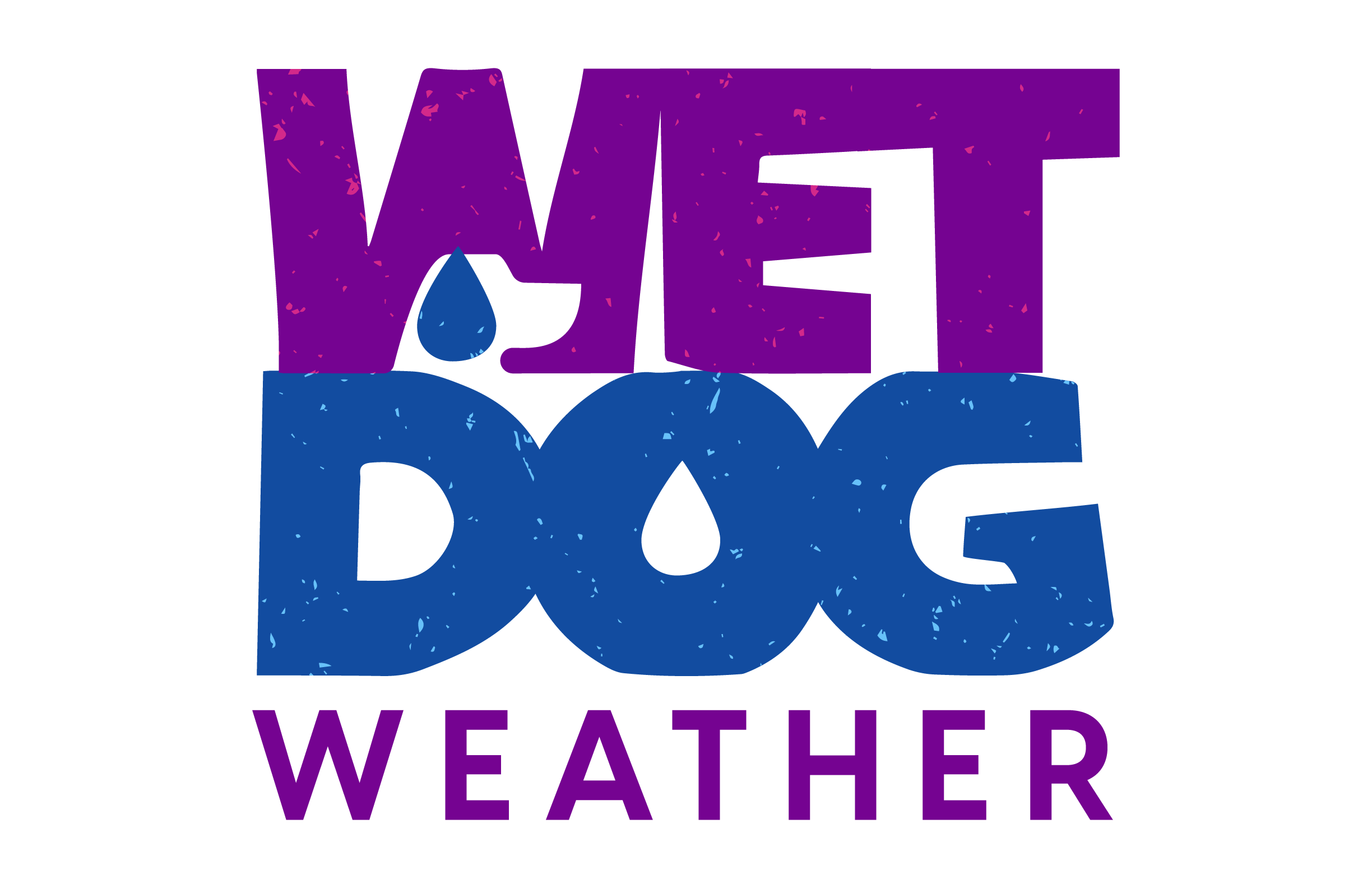In an era of increasingly extreme weather events, the National Weather Service (NWS) stands as America’s first line of defense against nature’s fury. But today, this crucial institution faces a critical challenge threatening its ability to fulfill its 150-year mission of protecting lives and property. National Weather Service staff shortages have reached unprecedented levels, creating dangerous gaps in our nation’s weather monitoring and warning systems.
The Alarming Scale of National Weather Service Staff Shortages
Recent data compiled by NWS employees reveals troubling vacancy rates across the country. Nearly half of all NWS forecast offices now operate with 20 percent or more of their positions unfilled – double the vacancy rate of just a decade ago. These National Weather Service staff shortages have become particularly severe in eight offices that are missing more than 35 percent of their staff, reaching levels that experts consider critically dangerous.
These shortages aren’t limited to entry-level positions. Twenty-three offices currently lack a meteorologist-in-charge (MIC), the leadership position responsible for overseeing all operations. Perhaps more concerning, sixteen offices have vacancies in the crucial warning coordination meteorologist (WCM) role – the position tasked explicitly with ensuring emergency officials and the public prepare adequately for oncoming weather disasters.
Real-World Impacts
The consequences of these staffing shortages are already materializing in communities across America. In Kentucky, the Louisville NWS office recently announced it would be unable to survey tornado damage and confirm tornado touchdowns for several days—precious time during which residents and emergency services remain uncertain about the full extent of the destruction.
Perhaps most alarming is the suspension of weather balloon observations at severely understaffed offices. These weather balloons gather critical data on temperature, wind speed, humidity, and other atmospheric conditions, forming the foundation of accurate severe weather prediction.

The Root Causes of National Weather Service Staff Shortages
The roots of this crisis can be traced to significant job cuts initiated during the Trump administration, particularly those spearheaded by the Department of Government Efficiency led by Elon Musk. The administration has targeted a 20% reduction in all weather service staff, with job cuts slated to be completed by April 18, 2025.
Offices experiencing National Weather Service staff shortages of more than 35% now face the impossible choice of abandoning crucial services: no longer launching weather balloons and only updating forecasts once daily, rather than the continuous monitoring Americans have come to rely on.
Why Staff Shortages Matter to Public Safety
The NWS has served our nation for over 150 years with a clear mission: to provide forecasts and warnings that protect American lives and property. As extreme weather events become more frequent and more severe due to climate change, the expertise and vigilance of NWS meteorologists are more vital than ever.
When National Weather Service staff shortages cause staffing to fall below critical thresholds, warning times decrease, forecast accuracy suffers, and the public receives less information about potentially life-threatening weather events. Every unfilled position represents a gap in our national weather safety net through which lives could be lost.

Addressing National Weather Service Staff Shortages: A Call to Action
As citizens who depend on accurate weather forecasting and timely warnings, we cannot afford to remain silent about this growing crisis. The NWS’s understaffing is not merely a budget issue—it’s a public safety emergency that demands immediate attention and action from our elected officials.
The protection of American lives should never be sacrificed for budget cuts. As extreme weather events threaten communities nationwide, we must ensure that the NWS has the staffing and resources to fulfill its critical mission. Resolving National Weather Service staff shortages must become a national priority before the next significant weather disaster strikes. Our lives and our communities depend on it.
What can you do to help the NWS? Call your representative and let them know you support H.R.2211 – Saving NOAA’s Workforce Act.

